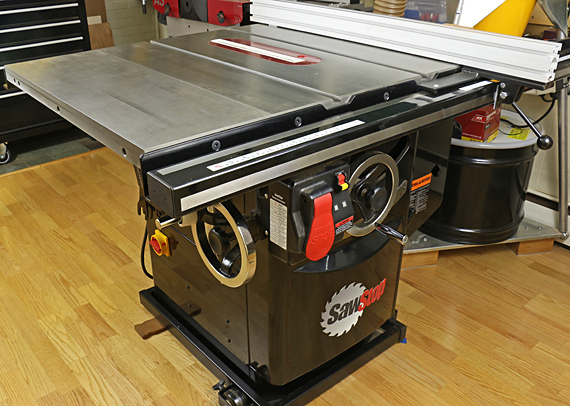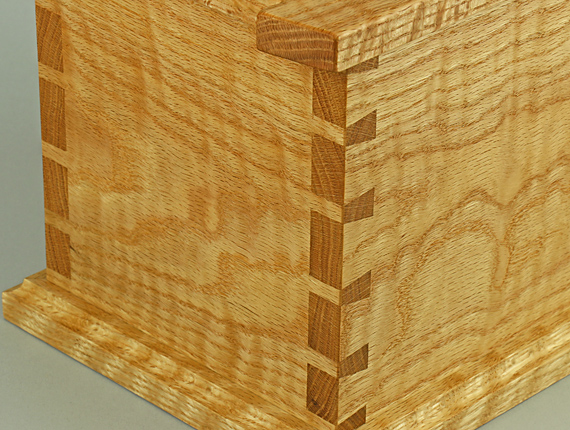
A reader who recently sold his table saw asked about managing without it.
If you have been reading this blog over the years, you probably know my opinion. Of the five major small shop machines – table saw, bandsaw, jointer, planer, and router table/shaper – the most dispensable is the table saw.
Don’t get me wrong, the table saw is certainly helpful and I don’t want to give up my Saw Stop. It is great for clean, accurate ripping and crosscutting among other tasks. But you can still build everything you want without that cast iron landing pad with an emergent blade, just not as fast or conveniently.
I suggest the following tools as keys to working efficiently without a table saw. The links give lots more information.
1. Bandsaw! This takes up much less shop space than a table saw, though you still need infeed and outfeed space.
You can rip quite accurately on a well-tuned bandsaw. Decent crosscutting can be achieved with or even without the miter gauge though you will need outboard support. And, of course, the bandsaw is much more versatile than the table saw.
No bandsaw either? I could still do just about everything by hand (but I really, really don’t want to) with my Disston ripsaw, wide and narrow-blade bowsaws, an inexpensive crosscut breakdown saw, large and medium ryoba saws, a Gyokucho “05” crosscut kataba, the wonderful Bad Axe hybrid backsaw, and a few more.
2. Cross-grain shooting board with an appropriate, ideally dedicated, plane. Here’s how I made my current one. This will clean up your crosscuts like no other tool on earth, hand or power.
3. Long-grain shooting board. This underutilized technique is great for accurately and conveniently cleaning up short to medium length rip cuts. My current board accommodates work up to about three feet. This is very easy to make and does not really require a dedicated plane, though I prefer my Lie-Nielsen #9.
4. A jack plane, or better yet, a jack and a jointer, round out the essentials for the shop without a table saw.
This is all in addition to the usual complement of hand tools and machines that you would want to have with or without a table saw.
By the way, my longstanding recommendations for machinery remain: for your first machine, get a thickness planer. Then get a bandsaw. Then get a jointer, 12” or wider, if you can. Build a router table. And, yea, get a table saw too, if you can.


